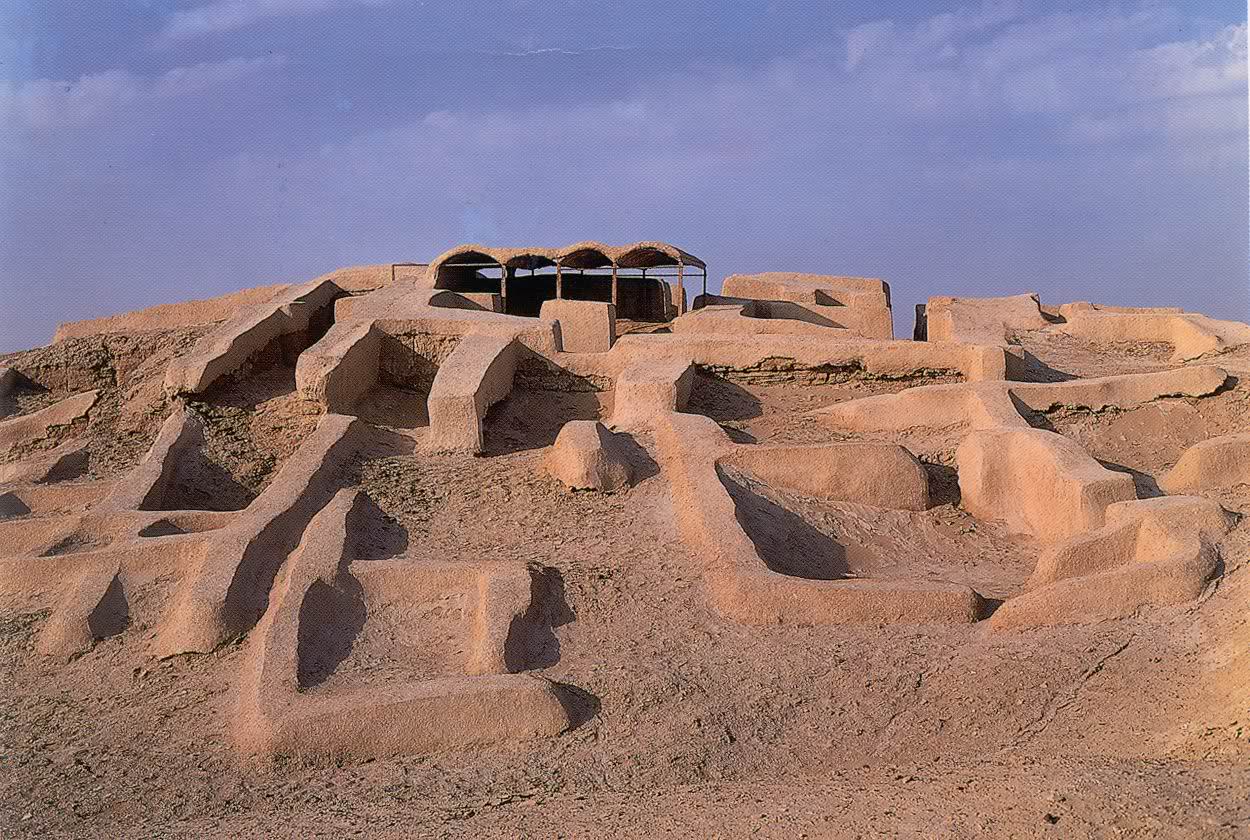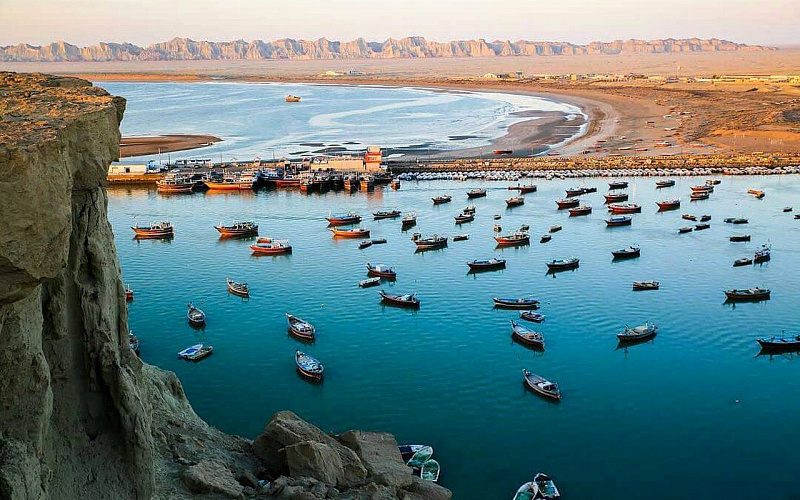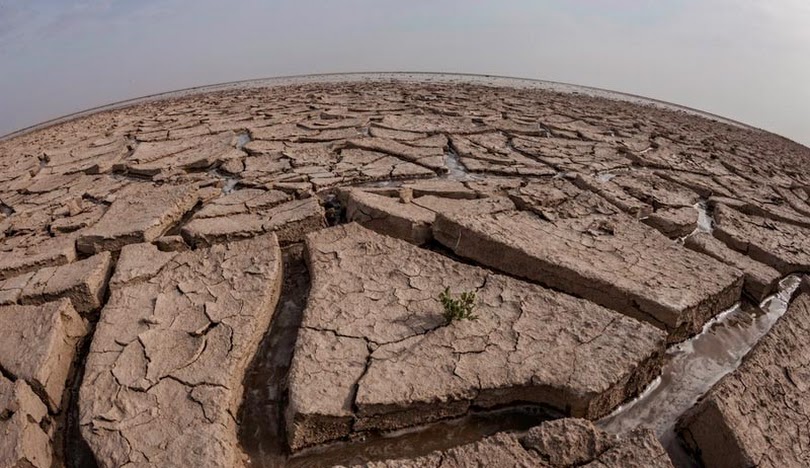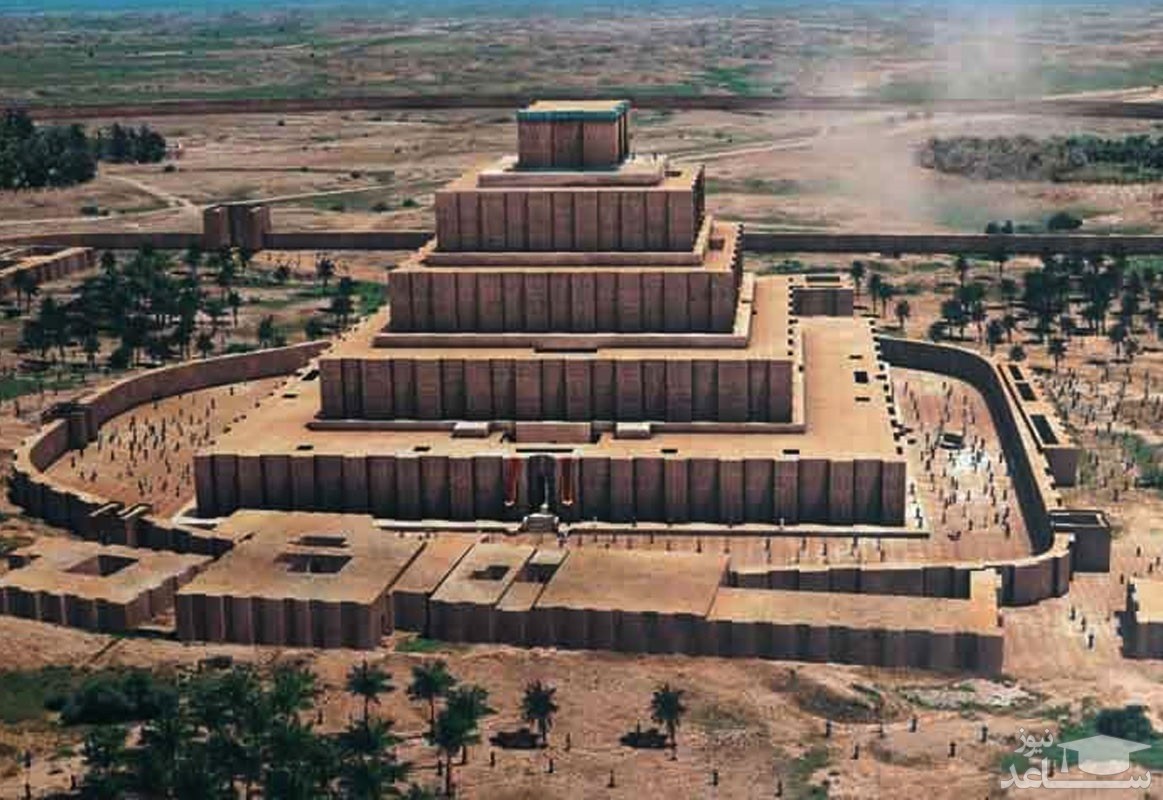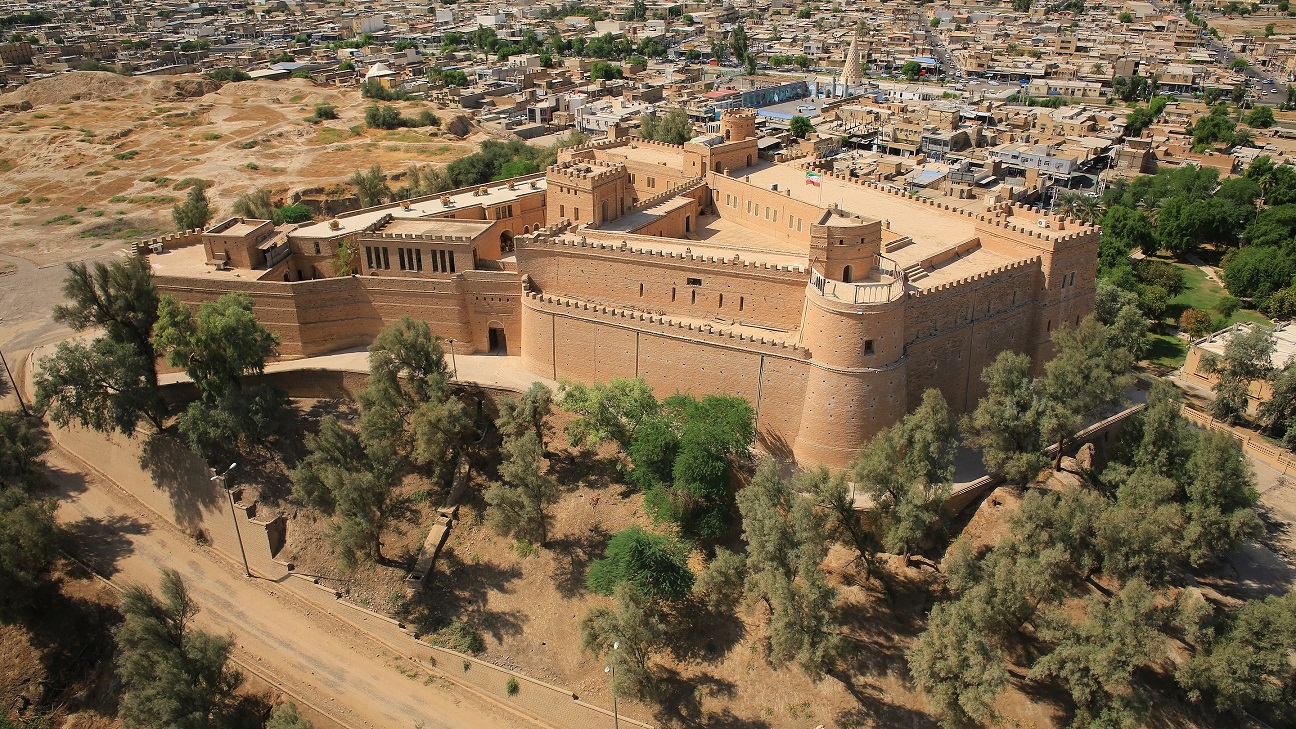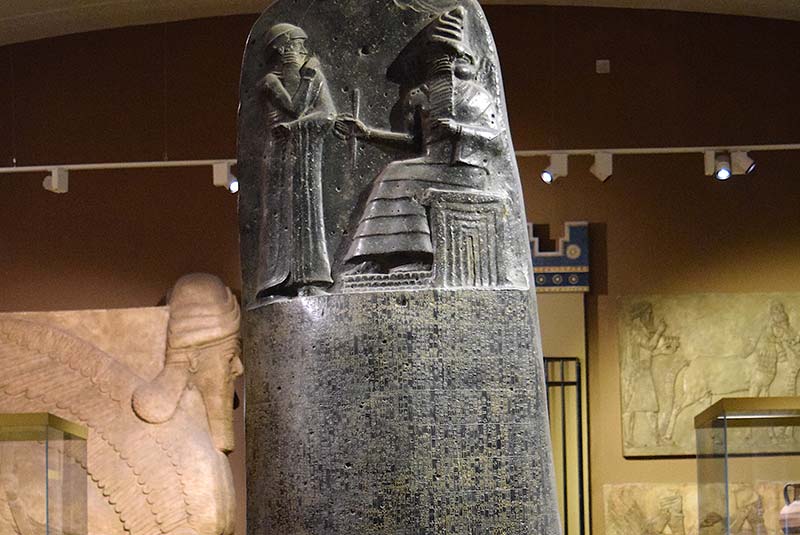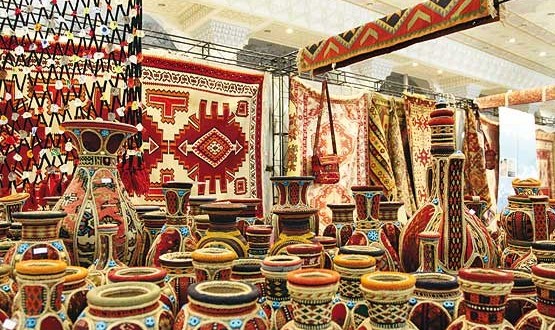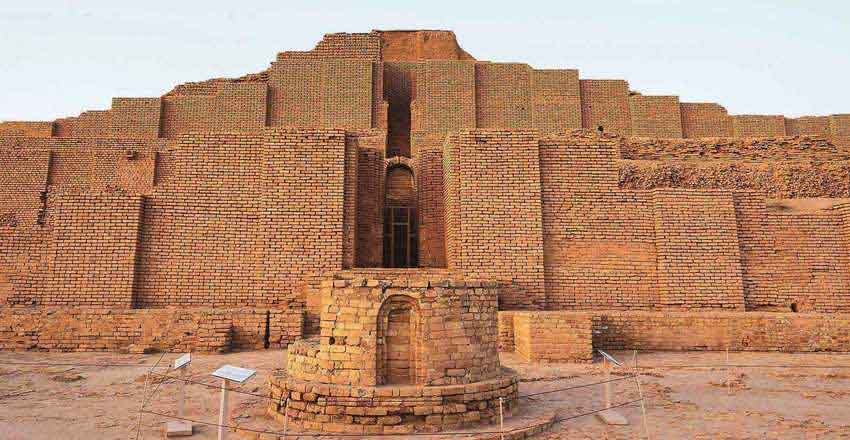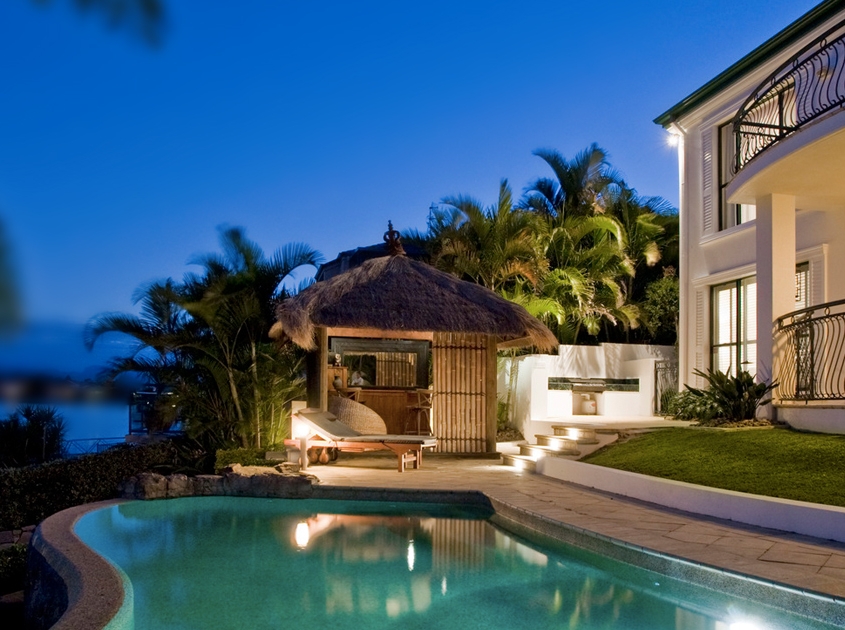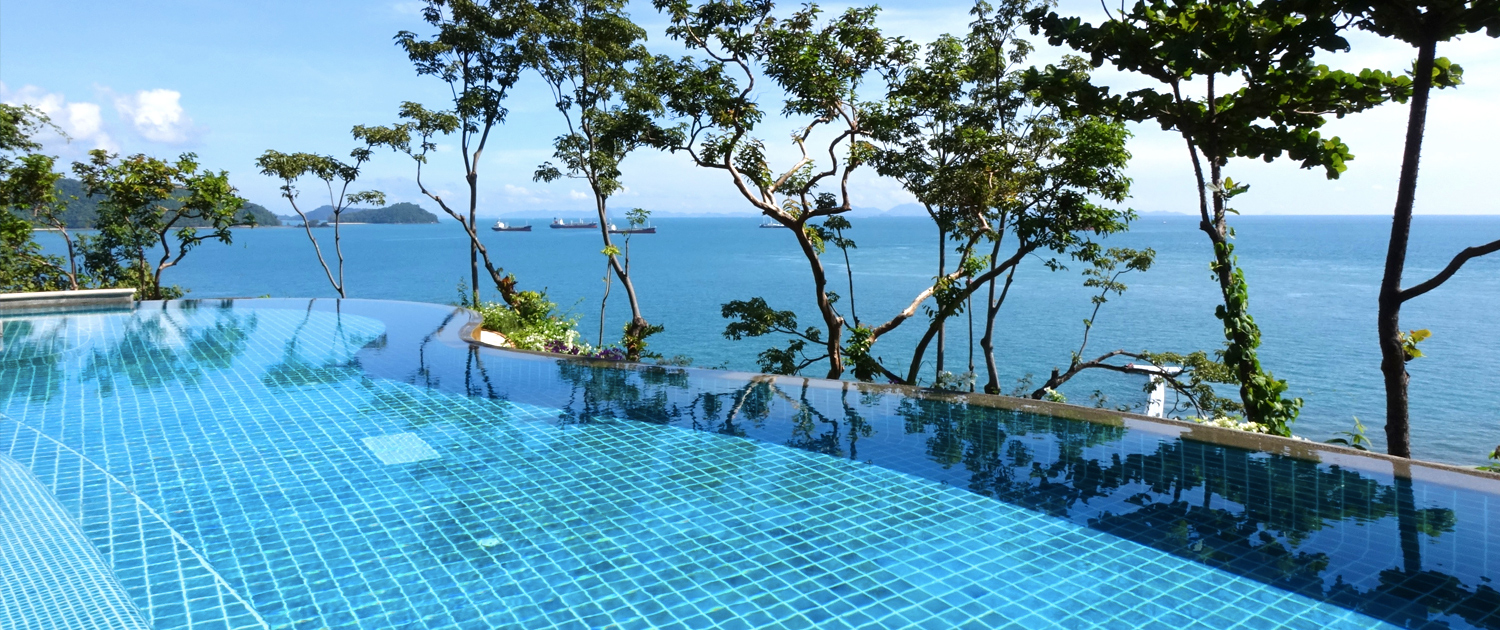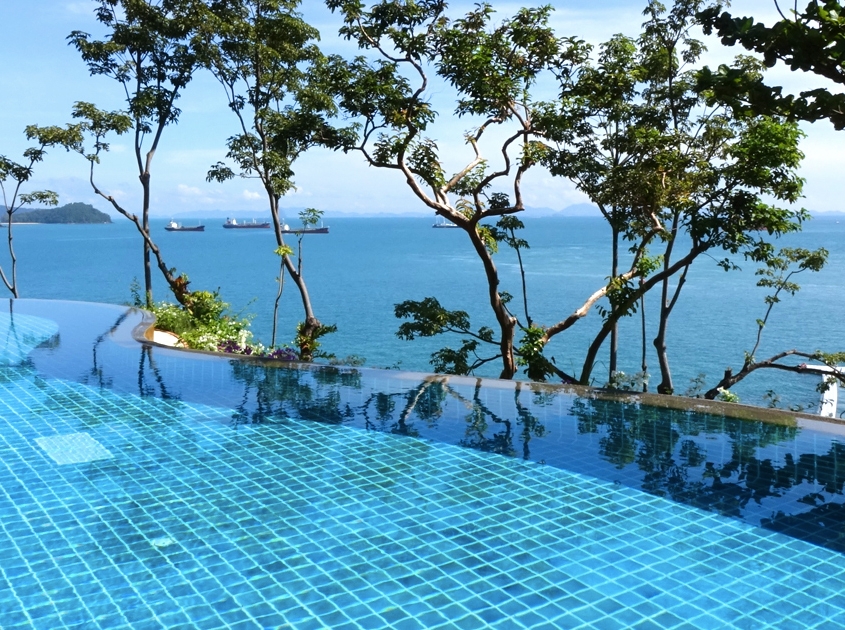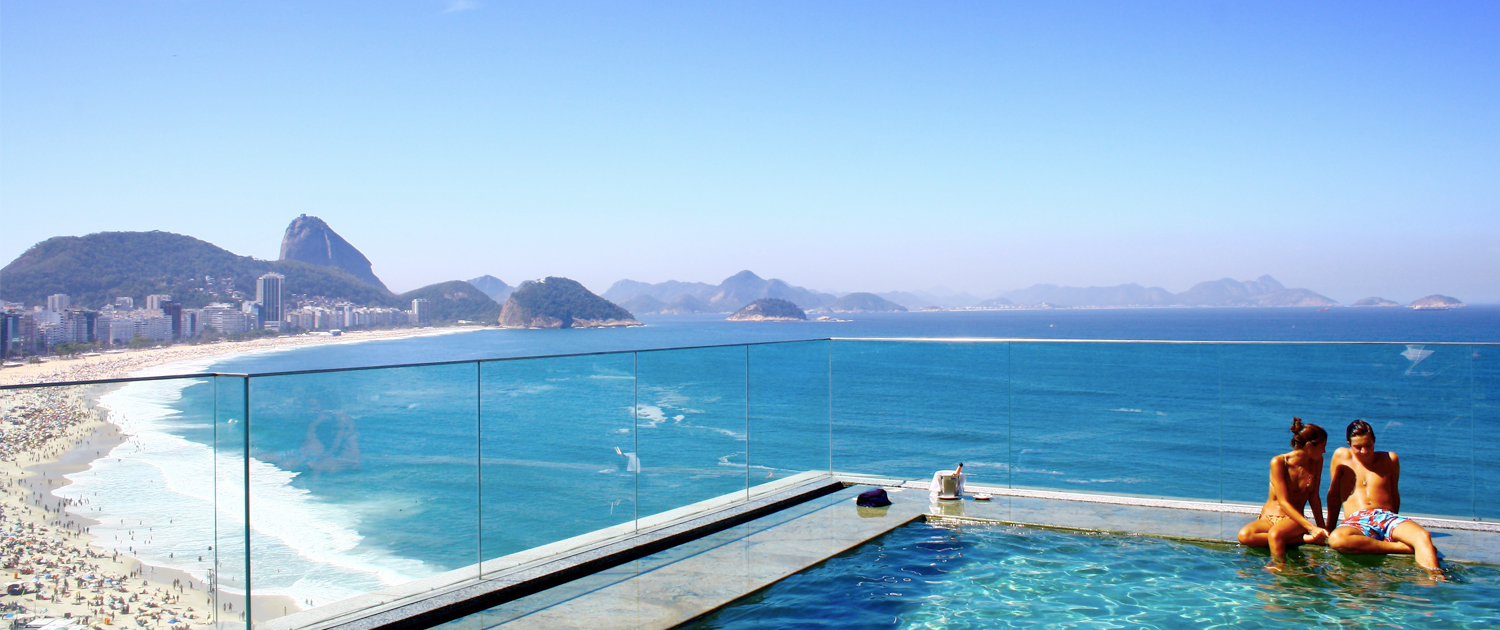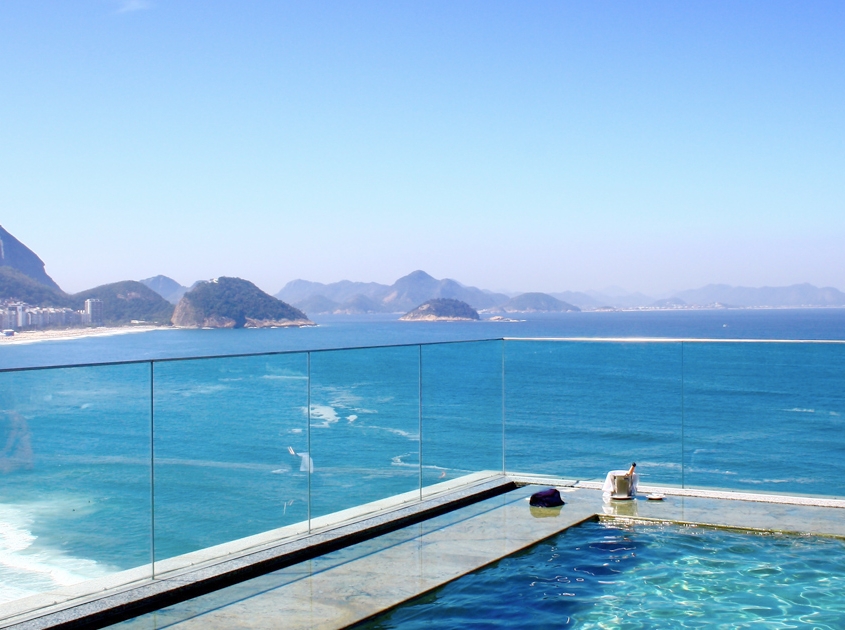Discover the Hidden Gems of Iran: Your Ultimate Travel Guide
Introduction
Iran, a land of ancient civilizations and rich cultural heritage, is a hidden gem waiting to be explored. From stunning landscapes and historical sites to warm hospitality and vibrant traditions, Iran offers a unique travel experience. In this guide, we’ll take you through the must-visit destinations, travel tips, and everything you need to know for an unforgettable journey to Iran.
Why Visit Iran?
Iran is a country of contrasts, where modern cities meet ancient ruins, and bustling bazaars stand alongside serene gardens. Here are some compelling reasons to add Iran to your travel bucket list:
- Rich History and Culture: Iran boasts a history spanning thousands of years, with UNESCO World Heritage Sites like Persepolis, the ancient capital of the Persian Empire, and the stunning architecture of Isfahan’s mosques and palaces.
- Breathtaking Landscapes: From the deserts of Yazd to the lush forests of the Caspian coast, Iran’s diverse landscapes offer something for every nature lover. Don’t miss the mesmerizing Alamut Valley and the beautiful Persian Gulf beaches.
- Warm Hospitality: Iranians are known for their hospitality and friendliness. Expect to be greeted with open arms and offered tea and snacks as a sign of welcome.
- Culinary Delights: Iranian cuisine is a feast for the senses. Savor dishes like kebabs, saffron-infused rice, and the famous Persian sweets. Food lovers will find Iran a culinary paradise.
Top Destinations in Iran
- Tehran: The bustling capital city offers a mix of modernity and tradition. Visit the Golestan Palace, the National Museum of Iran, and enjoy panoramic views from the Milad Tower.
- Isfahan: Known as “Half of the World,” Isfahan is famous for its stunning Islamic architecture. Explore the Imam Square, Sheikh Lotfollah Mosque, and the historic bridges over the Zayandeh River.
- Shiraz: The city of poets, Shiraz is home to the tombs of Hafez and Saadi, the beautiful Nasir al-Mulk Mosque (Pink Mosque), and the ancient ruins of Persepolis.
- Yazd: Discover the desert city of Yazd with its unique windcatchers, the historic Zoroastrian Fire Temple, and the peaceful ambiance of the old town.
- Kashan: A charming city with traditional houses, beautiful gardens like Fin Garden, and the bustling bazaar.
Travel Tips for Iran
- Visa Requirements: Check the latest visa requirements for your nationality. Many tourists can obtain a visa on arrival or apply for an e-visa.
- Dress Code: Iran has a dress code that requires modest clothing. Women should cover their hair with a scarf and wear loose-fitting clothes. Men should avoid shorts and sleeveless shirts.
- Currency: The currency is the Iranian Rial (IRR). It’s advisable to carry cash as credit cards are not widely accepted.
- Language: Persian (Farsi) is the official language, but many Iranians speak basic English, especially in tourist areas.
- Safety: Iran is generally safe for tourists, but it’s always good to stay informed about the local situation and follow travel advisories.
Conclusion
Iran is a destination like no other, offering a blend of history, culture, and natural beauty. Whether you’re an adventure seeker, a history buff, or a culinary enthusiast, Iran has something to offer. Plan your trip today and uncover the treasures of this fascinating country.

